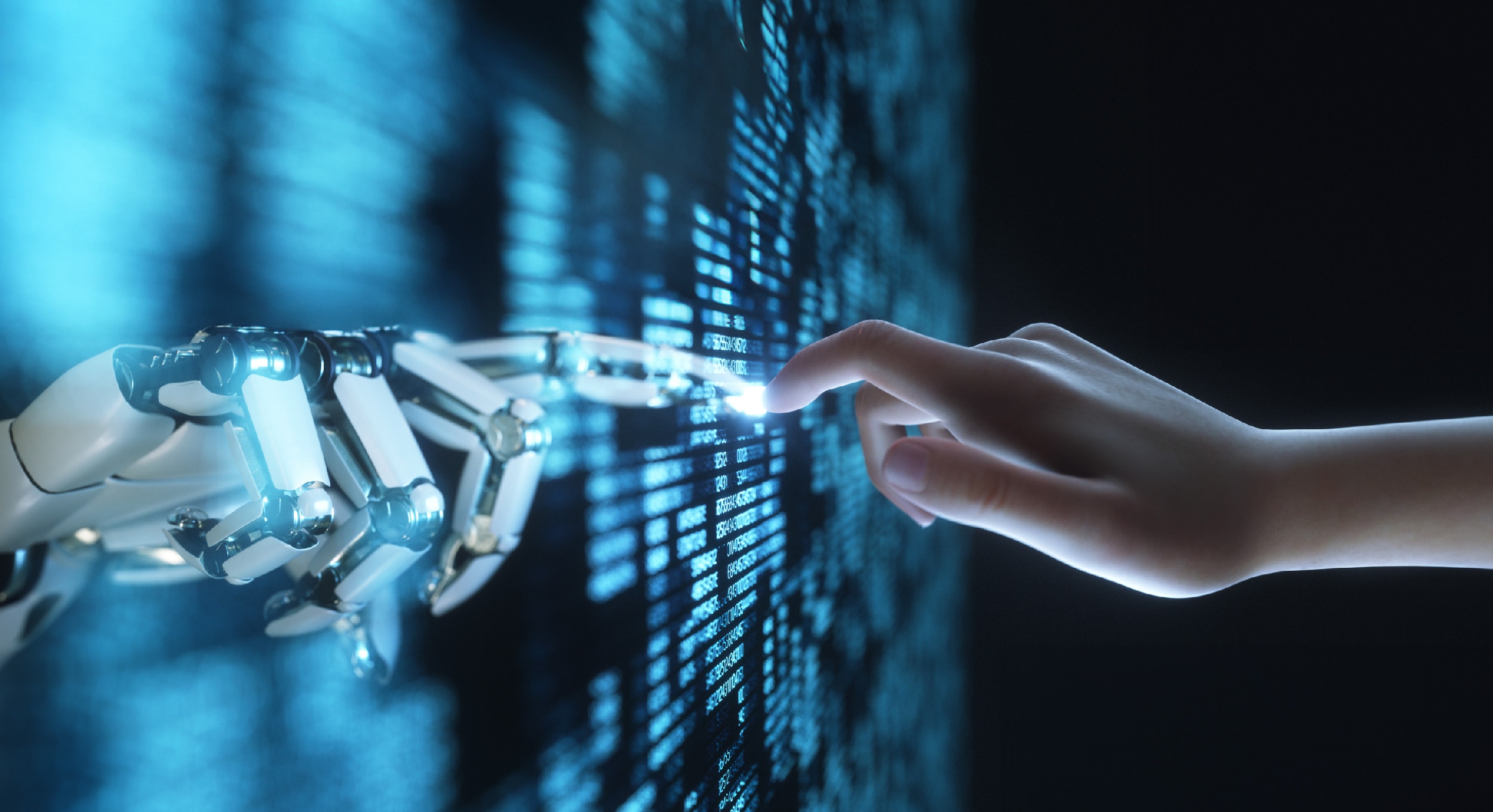Insights
A happy symbiosis: How GenAI can boost blockchain (and vice versa)

The overwhelming majority of respondents to our recent Digital Assets Study are somewhere down the line when it comes to implementing a “digital transformation strategy,” involving the use of various emerging technologies to improve their operations across the board.
September 2024
James Redgrave
Vice President of Global Thought Leadership
Additionally, most felt generative artificial intelligence (GenAI) was going to be the most impactful technology in achieving this transformation.
More than half also agreed with the proposition that GenAI will “complement or speed up the development of digital finance as GenAI tools will be able to create blockchains, smart contracts and tokens, and provide other digital tokenization services more cheaply, quickly and securely.”
AI has been at the forefront of investment institutions’ drive towards more efficient operations for many years now, particularly its value as a data analysis tool. However, according to Aman Thind, our global chief architect, GenAI specifically (as opposed to previous forms of AI and machine learning) has the potential to revolutionize these digital transformation strategies by bringing vast amounts of new types of data into scope for automated analysis.
“When you think about it, it's only structured data that has benefited from AI and machine learning so far,” he says. “Unstructured data that lies around as faxes on your desks or PDFs in your inboxes have been completely bypassed when it comes to all the advancements on analytics. All these new AI technologies that are now at our disposal can be brought into unstructured data in order to give it similar benefits in terms of being able to assess the entire composition of a document and extract information, and not just process or extract, but actually understand information and then respond to questions on it.”
Blockchain works in tandem with AI in this environment, as a tool to confirm the veracity and sources of data.
“A blockchain allows us to have a point-in-time view on our AI models,” Thind adds. “So if the AI’s responses have changed over the last six months then we know exactly when and how the data that it has been trained on has also changed. That allows us much better overall governance of AI and allows us to map to our responsible AI framework.”
Rob Otter, our head of Blockchain Engineering, agrees that GenAI will be an important “co-pilot” in both State Street’s and the wider investment industry’s tokenization strategies.
He says, “We are using standard smart contract templates and we have already used AI to generate smart contracts in the past, as a proof-of-concept and we will continue with that work.”
“We have to be careful when we are developing software or code – which is basically what the token is – that we're adhering to the firm's software development lifecycle practices and procedures with regard to building, testing and deploying those particular smart contracts onto a given network.”
Cybersecurity is another area of intersection for AI and blockchain. End-to-end cryptographic protections are needed for every stage of the digital asset lifecycle, including smart contract creation and legitimate alteration, the keys and wallets required for digital custody and the blockchains between which tokenized assets are transferred.
AI can “enhance” these protections, according to Jacob Mendel, our head of Cryptography and Cybersecurity, especially when it comes to complying with data protection regulations.
Mendel cites the European Union’s (EU) General Data Protection Regulation (GDPR), which among other rules, limits the transfer of certain data out of the EU, except where external recipients can prove their compliance with the regulation, including its data security elements. He says the protection of data, while it’s being “bridged” between two entities, is a particular challenge for cybersecurity. Both AI and blockchain play a role in ensuring this, and consequently compliance with data security regulation such as GDPR.
“Europe and other countries also have different regulations about data; not only the data usage, but data moving from one entity to another,” he adds.
“So we are looking into how to combine blockchain with machine learning together so we work around that, and make sure we are not violating any rules and regulations.”



